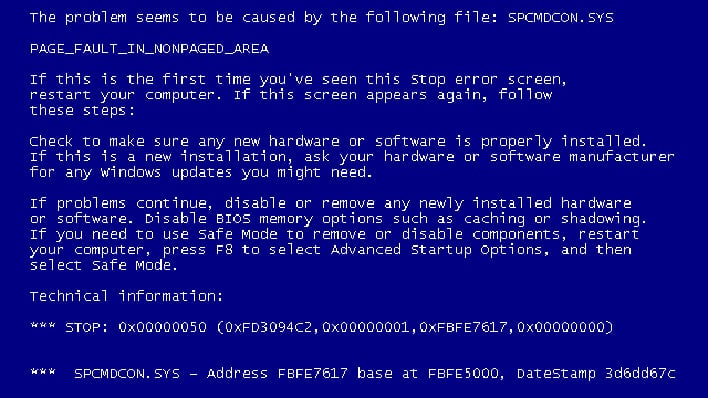Now Linux Users Can Experience BSODs Just Like Windows, Why That's A Good Thing

Everyone hates the infamous Blue Screen Of Death (BSOD), but these diagnostic displays are a necessary evil to inform users what went wrong when their computer crashes. Windows has had this feature for decades, but recently it was revealed that Linux is finally getting its own Blue Screen of Death feature, and it's way better than the new Windows version with the sad face emoji.
Phoronix reports that one of the system/service managers for Linux distributions (systemd) debuted a new system update that will arrive in the hands of Linux users sometime in the first half of 2024. This update, version 255, adds a boatload of new features to the controversial init system, and one of them is the aforementioned Blue Screen Of Death feature that will pop up when a system crashes.

According to the patch notes, this new BSOD feature will display a full log of error messages across the entire screen when a system crashes, giving you a detailed description of what exactly what went wrong. It is reminiscent of Microsoft’s original Blue Screen of Death, used before Windows 8, that gave you a whole paragraph of text about the issue and error codes to look up. On top of this, the new Linux BSOD feature will also display a QR code so users can get more information about the issue that caused the system to crash.
The Blue Screen of Death can be a handy troubleshooting feature to tell you what went wrong with your system when it crashes. On Windows, these “screens of death” can give vital information like error codes so users can diagnose catastrophic system failures immediately. Without it, users and IT professionals have to dig into error logs to find out what caused a system to crash, and in the worst-case scenario that means pulling the drive to access those logs on another machine.

Unfortunately, as far as we can find, nobody has taken a screenshot of this new Blue Screen of Death to see what it actually looks like. Based on what the feature is capable of, it seems to be a substantially better version of the Blue Screen of Death available on recent versions of Windows. If you don’t already know, the Blue Screen of Death found on newer versions of Windows comes with a very simplistic layout aimed at novice computer users that only gives you a single error code and says “your PC ran into a problem and needs to restart” along with a sad face emoji.
Sometimes, the error code will be easy to decipher, but generally, Microsoft’s error codes don’t give you the whole story, especially if the system error is software-related. For these kinds of issues, you not only have to look up the error code but also dig through the Event Viewer, which, as we noted above, is a pain in the neck even when the system is still bootable—and an even worse annoyance when the machine won't start.
The new Linux BSOD appears to not have any of these problems, as it will apparently display a full log of error messages right off the bat. Hopefully we’ll get a better idea of what it's like in the future when sometime finally demonstrates the new troubleshooting feature. For now, though, Linux users will have to wait until next year before Linux distros get their hands on it.

